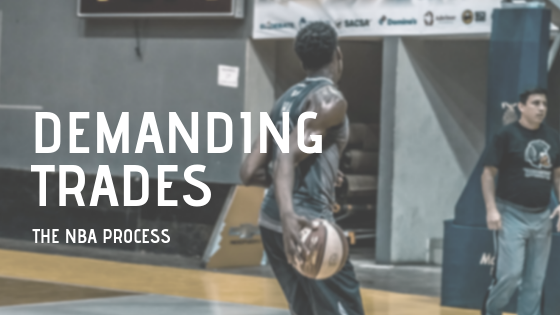Trades are an important part of the NBA and the strategies behind it. However, there a still a wide variety of misconceptions regarding how players are traded. The process is more complex than one manager simply calling another and asking for a swap, as many might imagine.
Individuals Involved
Every trade requires the participation of a variety of individuals. Not only is the general manager involved, but they also have help from their assistant managers. Other key people include consultants, capologists, analytics experts, scouts, and occasionally even outside coaches.
Capologists play one of the most important roles. They are constantly looking at other teams’ books, and trying to determine potential swaps for salary reasons. Analytics experts share information about potential acquisitions, and keep an eye out for undervalued players who might be a good fit for their team. Scouts work by gathering information about other teams and their players, and any other teams’ possible future actions.
Work Behind the Scenes
A trade demands significant effort. Front offices are constantly trying to improve their team, and learn as much information as possible. This is a year-round process. Teams start their research during the pre-draft phase when they interview prospective players. During the interview, they create a file that they’ll continually add to as time goes on. Teams try to keep a conversation going year round. That way, when they approach a player they’re interested in, they’re able to continue the conversation instead of beginning a new one.
At the beginning of the season, executives are reluctant to show their hand, and instead choose to see how their team performs. As the season progresses, discussions become more frequent. The executive will slowly discover which teams are interested in picking up new players, and which players are available.
Trade Talks and the Media
Media is another influential factor. When trades are leaked to the media, managers lose leverage, and players may become upset, which affects their performance on the court. To prevent leaks, managers try to make deals one-on-one either in person or over the phone.
Occasionally, however, executives purposefully leak information to the media. Normally this is done by younger executives who want to become a general manager in the future. They hope that by providing the media with details, the media will be on their side when they try to make their move. Other executives may trade information with the media, offering some information in return for details about another team or player.
The next time you hear about NBA trades, you’ll have a solid understanding of what goes on behind-the-scenes, key influential individuals, and the role that media plays.

